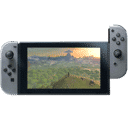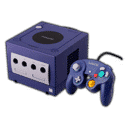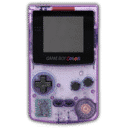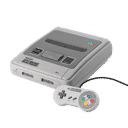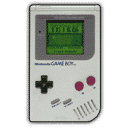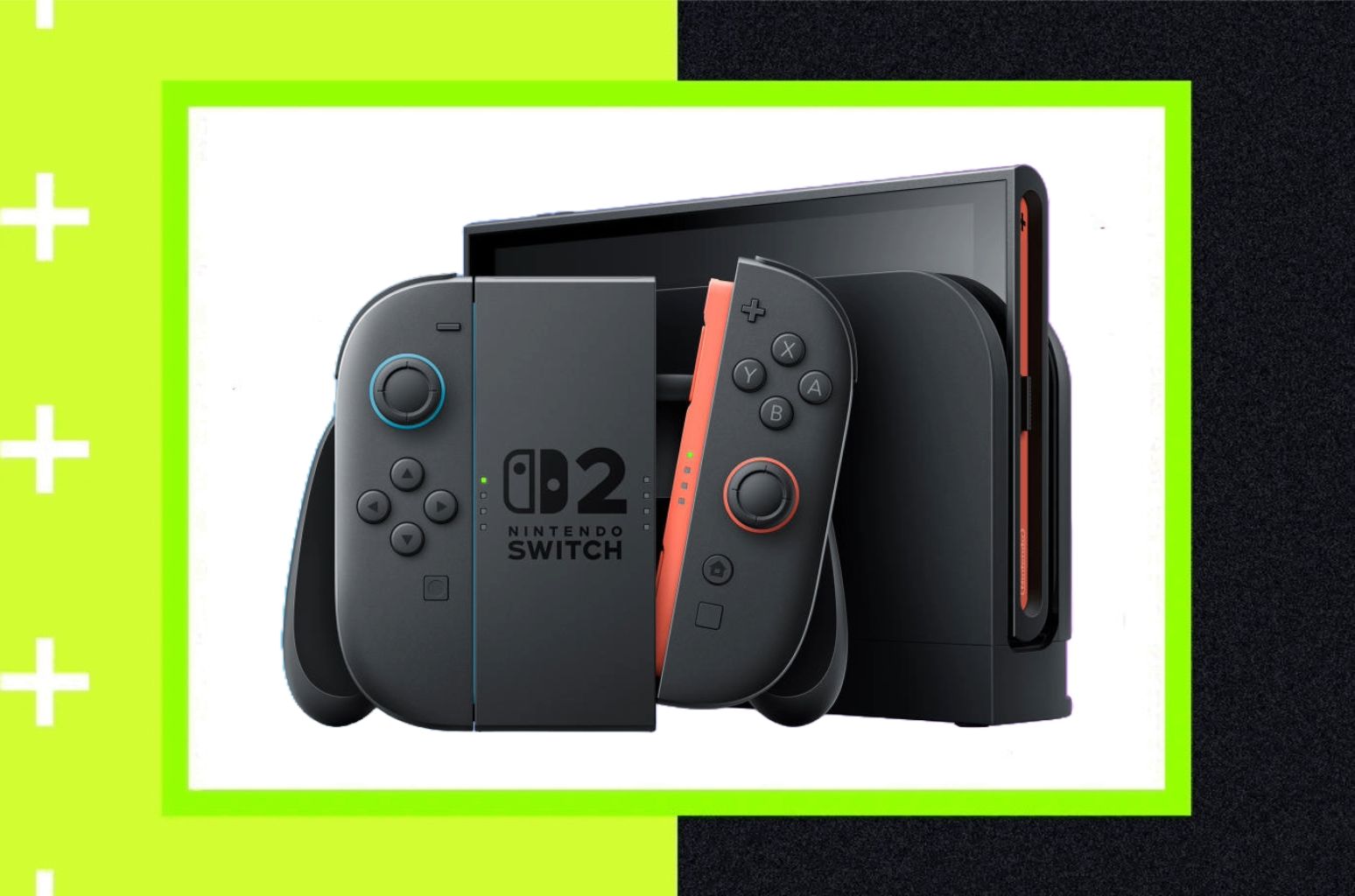
Summary:
Nintendo’s latest investor materials confirm a clean headline: 84% of Nintendo Switch 2 players upgraded from the original Switch, and those upgrades aren’t clumped around a single cohort. Instead, people who started on Switch at any point between 2017 and Switch 2’s launch have been moving over in a steady pattern. That mix tells us a lot. Strong retention means prior owners felt confident about bringing their libraries, habits, and households along. A uniform timing curve hints at an upgrade that’s motivated by practical factors—faster hardware, smoother performance, and a familiar form factor—rather than a single hype spike. Layer in Nintendo’s disclosed sales snapshot for Switch 2 and a raised outlook, and you get a picture of a platform transition that’s deliberate, sticky, and paced to keep software spending healthy while the legacy catalog still pulls weight. Below, we translate those numbers into plain English: what 84% really captures, why the lack of a timing “pile-up” matters for planning, how first-party roadmaps benefit, what third-party teams should infer about attach rates, and where the next quarter’s checkpoints will confirm the trend. If you’re tracking signals for the year ahead—marketing cadence, cross-gen sunsets, and how quickly the new install base can support bolder releases—this is the lens to use.
What Nintendo confirmed about Switch 2 upgrades and why it matters now
Nintendo puts a clear figure on the table: 84% of current Nintendo Switch 2 players previously owned a Nintendo Switch. That single data point helps cut through speculation about whether the new system is attracting “new to Nintendo” buyers or mostly convincing existing fans to move up. For now, the story is about retention—keeping the audience that made Switch successful and encouraging them to carry habits, purchases, and expectations straight into the next cycle. Because this figure sits in an investor context, it isn’t just trivia; it guides how Nintendo times software, prices hardware, and communicates value. If most early adopters are loyalists, early lineups can lean on familiar series, enhanced versions, and features that feel like instant wins for returning players. It also signals operational stability: when upgrades come from within your own ecosystem, support costs, account migrations, and customer service patterns are more predictable than when you’re onboarding an unfamiliar base. In short, this number carries weight because it’s actionable—internally for planning and externally for anyone watching the platform’s health.
The 84% upgrade figure in context: what it does—and doesn’t—say
On its face, 84% is straightforward: the overwhelming majority of Switch 2 players are upgrades from Switch. But there are a few boundaries worth noting. First, it doesn’t claim that 84% of all Switch owners have upgraded—only that 84% of those currently on Switch 2 came from Switch. That distinction matters when you start doing napkin math about penetration of the 154-million-unit legacy base. Second, the figure reflects “players,” which tracks with people, not necessarily units sold one-to-one in a household with multiple users. Third, the number sits at an early stage of the cycle. Early adopters are typically the most invested customers; over time, the share of first-time Nintendo buyers should rise as pricing, bundles, and evergreen software lower the barrier. In other words, the 84% isn’t a ceiling or a permanent ratio; it’s a snapshot that explains why the transition has felt smooth so far. If you treat it as a compass—not a destination—it’s a useful guide for how early-cycle decisions are being made.
A uniform migration pattern from 2017 onward: reading the curve
Nintendo adds an underappreciated detail: those who transitioned didn’t cluster around any specific starting period on the original Switch. People who joined in 2017, 2019, or 2022 are upgrading in a fairly even spread. That matters for planning because it dampens the risk of a “cohort cliff,” where one big group moves quickly while others lag. A uniform spread suggests the upgrade motivation is broadly shared—a combination of speed, stability, and convenience—rather than tied to a single killer app or a specific promotion window. For operations, this smooths out demand on services like account transfers, cloud saves, and eShop migrations. For marketing, it means the same value story resonates with both early and late Switch adopters: your games play better, your routines carry over, and your family setup doesn’t need a rethink. A steady curve also supports predictable accessory demand—controllers, memory cards, and docks—because it avoids sudden waves that strain channel inventory or create short-lived price spikes.
What this means for retention, engagement, and ecosystem health
High upgrade share is shorthand for trust. Players believe their investments—time, purchases, and learned muscle memory—will keep paying off. That tends to translate into strong attach for early releases, repeat engagement with service-style features, and faster adoption of system updates. Retention also helps communities stay lively; when a critical mass moves together, matchmaking pools for competitive titles and co-op sessions remain healthy. From a lifetime value perspective, the best customer is often the one you already have: lower acquisition costs, higher willingness to try add-ons, and a better baseline for word-of-mouth. This is why the 84% figure does more than satisfy curiosity; it points to an ecosystem where the “hand-off” from old to new hardware is creating minimal friction. You can see the knock-on effects in everything from how quickly patches roll out to how confident publishers feel about betting on Q1 or Q2 launch windows instead of waiting for holiday traffic.
Sales momentum check: where Switch 2 stands and the near-term outlook
The sales picture adds texture to the upgrade story. Nintendo confirms that Switch 2 cleared the 10-million-unit mark within roughly four months of launch, with a raised sales forecast for the fiscal year—a sign that demand is tracking ahead of earlier expectations. Hitting eight figures quickly doesn’t just look good in a headline; it sets a floor for how aggressively first-party teams can scale production and how quickly third parties can justify optimization passes. Pair that with ongoing sales for the original hardware, and you have a two-platform strategy that still harvests value from an enormous legacy base while building the future install base fast enough to support bigger bets. For the next quarter, the watch items are simple: does hardware supply keep pace, do bundle promotions lift conversion, and do first-party releases maintain the cadence that keeps weekly charts lively? Get those right, and you keep a steady river of new owners and an even steadier stream of upgrades.
How a high upgrade share shapes software planning and release pacing
When most early users are veterans, you can assume a baseline of literacy with Nintendo’s biggest series and the hybrid form factor. That opens the door to day-one performance targets that lean into the hardware’s strengths—faster loads, better image stability, and higher frame rates—without spending cycles re-teaching fundamentals. It also enables cleaner cross-gen strategies, where certain entries still reach Switch to avoid leaving millions behind, while “showcase” titles live exclusively on Switch 2 to demonstrate the step-up. Expect DLC and expansions to pull double duty here: they keep legacy players spending while providing smart upgrade nudges for anyone on the fence. The key is pacing. A slate that alternates between mass-appeal anchors and mid-sized releases can sustain momentum without exhausting teams or consumers. A high upgrade share buys time to stage that pacing—because the audience already knows how and why to engage.
Third-party and indie implications: install base quality vs. quantity
Raw unit count matters, but so does the quality of the install base—how often people play, how much they spend, and how willing they are to try new genres. Upgraders tend to be heavier users; they care enough to move quickly and will test their new hardware with a range of downloads. For third-party and indie teams, that can mean healthier early conversion even before the total base balloons. It also encourages publishers to prioritize Switch 2 SKUs with performance-friendly pipelines, from texture streaming to faster compile times. Because the early cohort is experienced, tutorials can be lighter, and UX can assume familiarity with gyro aiming, portable-to-dock transitions, and cloud saves. The risk, of course, is over-indexing on loyalists and neglecting accessibility for newcomers. Balance is the trick: keep friction low for first-timers while rewarding veterans with options that feel like the hardware was built for them. If that balance holds, attach rates tend to follow.
Hardware economics: pricing, bundles, and cross-gen strategy
Price sets the rhythm of the upgrade curve. Early adopters tolerate premium positioning, but the move to mainstream always rides on smart bundles and seasonal promos. With a large share of current owners being upgraders, bundle contents that respect existing libraries—think storage, second controllers, or subscription time—can feel more persuasive than pack-in games a veteran already owns elsewhere. Meanwhile, keeping legacy Switch hardware on shelves a bit longer serves households that want a lower entry price or a secondary unit. Cross-gen releases can bridge the gap: they preserve revenue from the old base while giving Switch 2 its “best experience” story. Over time, a gentle sunset for the older hardware, aligned with milestones like feature updates or a first-party showcase, helps migrate late adopters without creating hard cliffs for retailers.
Backward compatibility and digital libraries: the quiet accelerant
Nothing oils the gears of an upgrade like the confidence that your games, saves, and purchases will meet you on the other side. Players don’t just bring titles; they bring habits: daily sessions, family profiles, and playlists that define how the console fits into a home. Backward compatibility turns a new device from a reset into a continuation, shrinking the psychological gap between “want” and “buy.” It also raises the ceiling for early-cycle engagement. Instead of waiting for a long list of new releases, upgraders immediately stress-test the hardware with their favorites, rediscover back catalog gems, and buy DLC they postponed. For publishers, that means a second wind for evergreen titles and higher odds that quality-of-life patches or performance modes pay off. It’s the quiet accelerant behind many of the numbers we’re seeing: when your old life comes with you, the new box feels like home on day one.
Marketing and messaging: how Nintendo keeps the upgrade story simple
The most effective upgrade pitch is often the simplest: your games feel better, and your routines stay the same. Nintendo’s communications lean into that clarity. Rather than overloading audiences with specs, the story centers on familiar series playing with more stability and ease. Ads that show family handoffs, quick dock-to-sofa transitions, and multiplayer in a living room do more than set a mood; they highlight the low lift required to enjoy the upgrade. This matters globally, where different regions weigh hand-held portability, local pricing, and household setups differently. A universal message—continuity plus smoothness—travels well. Pair that with seasonal beats around tentpole releases, and the result is predictable: returning players nod, newcomers understand the appeal, and retailers have a clean talking point at the shelf.
Risks and watch-outs: supply, price sensitivity, and late adopters
No transition is immune to friction. Supply must keep pace through holidays, and currency or tariff changes can pinch pricing headroom in key markets. If entry-level bundles creep too high, you risk slowing the influx of first-time buyers even as loyalists keep upgrading. Another risk is software clustering: stacking too many major releases in a short window can cannibalize spend, while long gaps cool momentum. There’s also the late-adopter puzzle. Millions of satisfied Switch households don’t upgrade on a timetable; they move when it’s irresistible. That puts pressure on feature updates and bundles to create “now is the time” moments beyond launch. Finally, third-party teams need stable tooling and documentation so ports don’t lag. Solve those, and the upgrade story continues to look healthy. Ignore them, and the 84% can become a ceiling rather than a launchpad.
What to expect next: signals to watch in the next earnings window
A few clean checkpoints will tell us whether the trend is strengthening. Watch the hardware sell-through velocity outside big shopping weeks; steady weekly numbers matter more than one splashy weekend. Track how many first-party releases hit stated windows—cadence is everything early in the cycle. Look for attach figures on headline titles; healthy ratios hint that upgraders are spending, not just testing. Keep an eye on subscription metrics where available, since they anchor daily usage and platform stickiness. And monitor cross-gen sunsets: as support for the older hardware gently winds down, Switch 2 becomes the obvious place to be, which in turn invites more newcomers. If those signals line up, expect Nintendo to keep nudging forecasts upward and for third-party pipelines to thicken as 2026 schedules lock.
Bottom line: a confident hand-off that prioritizes players’ habits
Strip the jargon away and the picture is tidy. Most current Switch 2 players came from Switch, and they didn’t arrive in a single burst; they’ve been walking over steadily, regardless of when they started in the ecosystem. That’s how you want a platform transition to look: familiar, reassuring, and just exciting enough to feel fresh. It protects the past while funding the future. For players, it means less friction and more fun. For developers and publishers, it means an audience that’s ready, engaged, and eager to see what the hardware can really do. The next quarter will sharpen the contour, but the shape is already clear: this is a hand-off designed to keep momentum, not gamble it.
Conclusion
Switch 2’s early profile—strong upgrades, uniform timing, and steady sales—signals a transition built on trust and continuity. The 84% figure isn’t a cap; it’s proof that the foundation is holding while Nintendo scales the next stage. If supply stays stable, pricing remains sensible, and software keeps its rhythm, expect the install base to broaden from loyalists to newcomers without losing a step. That balance—welcoming fresh faces while rewarding the faithful—is what turns a quick start into a durable cycle.
FAQs
- Is 84% the share of all Switch owners who upgraded?
- No. It means 84% of people currently on Switch 2 previously owned a Switch. It does not say how many of all Switch owners have upgraded.
- Does a uniform upgrade pattern change software planning?
- Yes. Without a single “spike” cohort, Nintendo can pace releases and updates for a broad audience, smoothing demand and keeping engagement stable.
- Will the upgrade share drop over time?
- Likely, as more first-time Nintendo buyers join at lower prices or via bundles. Early cycles usually skew toward loyalists.
- How does this affect third-party support?
- Upgraders are typically heavy users, which can boost early attach rates. That encourages publishers to ship optimized Switch 2 versions sooner.
- What should we watch next quarter?
- Hardware sell-through stability, first-party launch cadence, attach on headline titles, subscription trends, and the pace of cross-gen sunsets.
Sources
- Financial Results Briefing (Remarks by President Shuntaro Furukawa), Nintendo IR, November 5, 2025
- Financial Results Explanatory Material (FY2026 Q2), Nintendo IR, November 4, 2025
- Nintendo hikes Switch 2 forecast to 19 million units, Reuters, November 4, 2025
- Nintendo: 84% of Switch 2 Players Transitioned From the Original Switch, Nintendo Life, November 5, 2025
- Nintendo discusses player transition from Switch to Switch 2, Nintendo Everything, November 5, 2025
- Nintendo Switch sales are almost neck and neck with the DS, GamesRadar, November 5, 2025
- Nintendo says 84 percent of Switch 2 owners upgraded from original Switch, My Nintendo News, November 5, 2025


